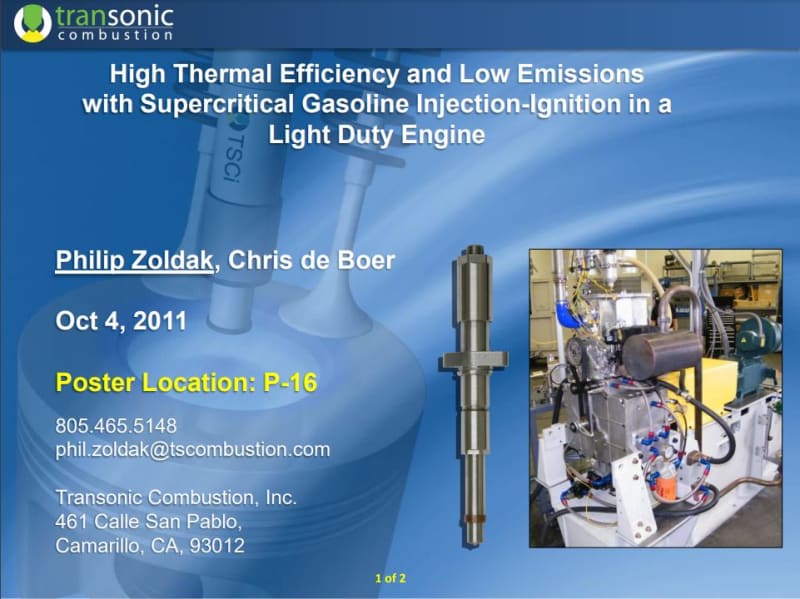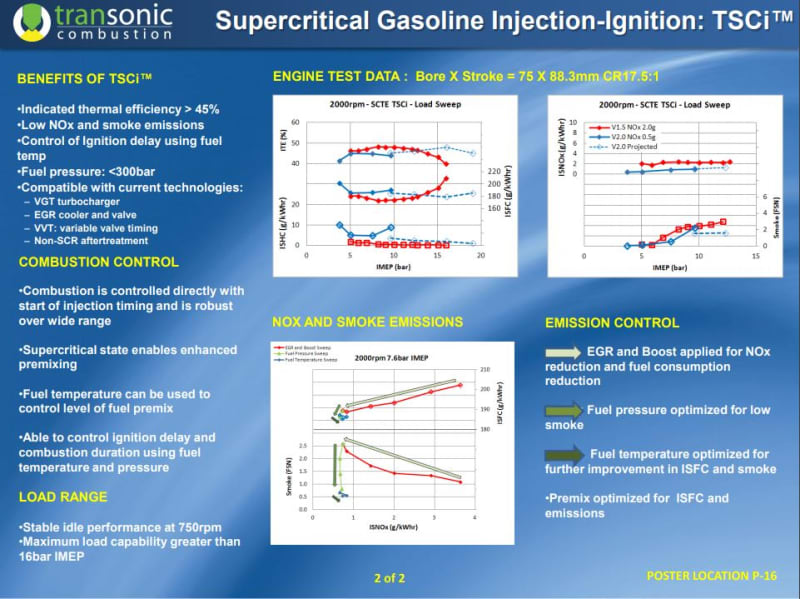Just because you have a patent, doesn't mean it actually works. (I'm not saying Smokey's engine "didn't work" ... just saying, take what it says in a patent, with a grain of salt.)
Just because you have a patent, doesn't mean that patent contains ALL the information that you need in order to make the concept illustrated in the patent, work. (They never do.) Smokey was very good at keeping his mouth shut. A couple of pertinent quotes: ,
“Still, Smokey took much of the knowledge with him to the grave. As Smokey's daughter Trish Yunick puts it, "A patent application is a balance between disclosure versus secrets. You want to reveal just enough information to get the patent, but not so much that people can reverse-engineer your ideas. Smokey is gone, and some of the secrets went with him." Hot Rod Magazine. “It is really quite simple, and I am careful not saying too much. This is the only way I can be sure nobody knows how the system exactly works says Smokey” Swedish Hotrod Magazine
Now, let's scrutinise Smokey's patent linked to above, and compare it to "modern state of the art" - some of which involves engine features that hadn't been developed at that time.
"Background art."
The bit about fuel not getting completely vaporized, first I will point out that modern fuel injection is better at distributing that fuel, and secondly I will point out that engines that run on propane or natural gas don't have miraculously high efficiency compared to those running (properly) on liquid fuel.
The patent was of his Phase I engines, He had plans for additional gains.
The bit about "carburetor double-pull" is a non-issue with port fuel injection, or direct-injection.
The introduction of EFI was contemplated by Yunick and Knudson as early as 1980.
The patent is silent about how to control detonation, other than "hand-waving" and saying "it doesn't detonate".
Flynn, Springer and Ingalls confirm
The patent is silent about how to get a normal spark plug to fire the supposedly lean air/fuel ratio, although the patent doesn't really get into that.
So, what do I really think is going on (at least to some extent)?
Smokey was a smart guy. He built lots of high-powered racing engines. He knew a thing or two about compression, and charge turbulence, and the like. I think there was some port-shaping trickery, and some squish-clearance trickery, and perhaps some clever combustion-chamber shaping, to achieve really fast-burn combustion. (Modern engines do this, too.) The advantage of his full-vaporisation strategy is that he didn't have to worry about charge turbulence "centrifuging" liquid fuel out of suspension. It's pretty likely that the spark plugs and/or ignition system contained a few secrets, too.
Soliz is now doing forensics on the engines that he has. He has some insights to some of what you address but to get back to the issue, I am more concerned about the 81/82 runs at SwRI and those engines: AFAIK regular spark plugs and distributer.
And the other thing I suspect ... is cam timing trickery. Everyone has heard of the Atkinson cycle, or its forced-induction counterpart, the Miller cycle. Smokey's engine could have been an early implementation of the Miller cycle. Whether he did it by really early or really late intake valve closure, who knows ... I suspect the latter, as it's more compatible with valvetrain designs that were common at the time. Use late intake valve closure to cause the effective expansion ratio to be greater than the effective compression ratio ... use the turbo to compensate for the loss of volumetric efficiency when the driver asks for full load ... machine (otherwise) crazy compression into the pistons and head with really tight squish clearance to get good charge turbulence and a fast burn.
The modern V6 gasoline engine in my driveway achieves the Atkinson cycle upon command by fiddling with the intake and exhaust camshaft timing - the engine has variable valve timing with independent control of the intake and exhaust sides. That didn't exist (in production) in Smokey's era.
I would love to see an independent lab test out Smokey's engines to see what's really going on ... and perhaps a non-destructive look into the combustion chamber with a tiny camera through the spark plug hole to see what he's done with the pistons and the combustion chambers.
Going down that road myself. That is why I am curious to know if a series of dyno pulls and reports by engineers of the caliber of Flynn and Springer would be enough to put the matter to rest. Soliz did a live YT where he opened up the Iron Duke that was most likely part of the abandoned partnership with Crane to make a kit version. I am not sure if it is archived, but there is a video about some of the cams that may have been used.


